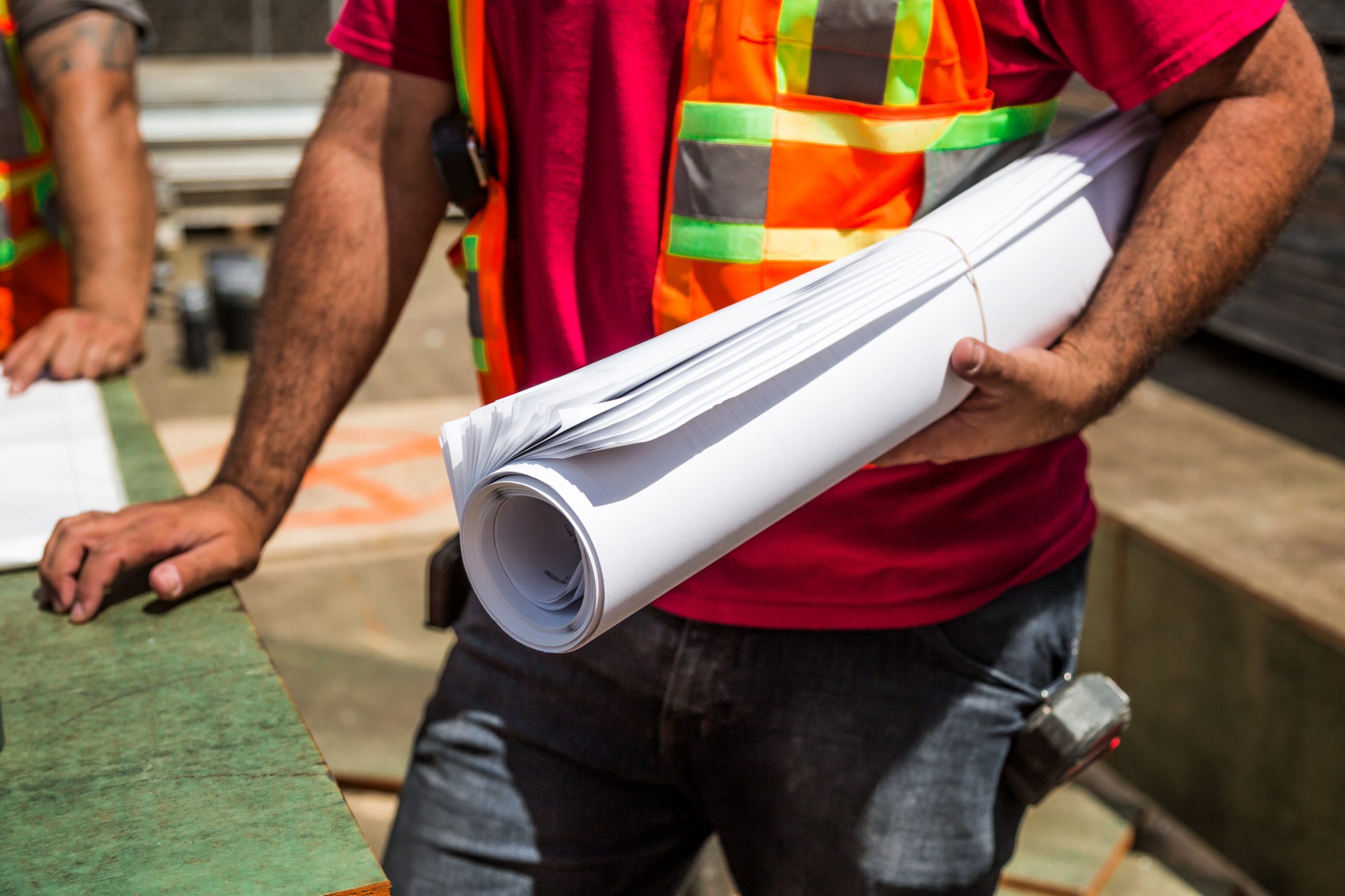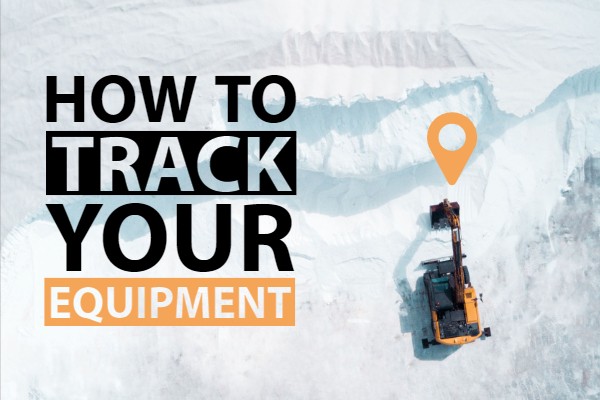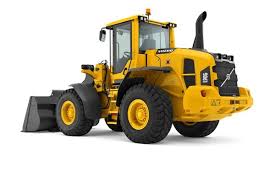Construction managers have many responsibilities that include not only caring for the well being of their team, but the productivity of their projects. Often this includes meeting worksite compliance, verifying that equipment is efficiently used and ensuring that costs are kept low. With so much to keep in mind, managers can’t overlook how IoT and telematics tools can help them stay successful. Specifically how off-road fleet tracking solutions could help them stay on track.
Boosting Security
Off-road fleet tracking allows site managers to better manage their equipment by ensuring that the location of equipment is always known. This helps to reduce the costs that arise if equipment is stolen or is misplaced on job sites. As some pieces cost thousands of dollars to rent, or hundreds of thousands of dollars to purchase, managers must always know where these investments are. Recently, it was brought to light how serious the issue of stolen construction equipment is during a press conference on Wednesday, January 8, 2020, when the OPP recovered a substantial amount of construction equipment worth over $600,000. While insurance is typically used to help reduce the financial burden of missing equipment, the stress and wasted time of relocating equipment is something that many site managers can agree that they can do without.
Increasing Visibility
Off-road fleet tracking does exactly what it sounds like it does, completes tracking off-road. While knowing the continual GPS location of equipment or tools has its own benefits, it also allows site managers to review their efforts. This is because the trackers and sensors used in off-road fleet tracking solutions can monitor whether there is excessive downtime or other inefficiencies that are costing businesses.
Often, when a large project is being completed, some equipment will only be used for a small period of time, but will still remain on-site unnecessarily for days or even weeks. This is worrisome if the equipment is taking up critical space, is a rental, or could be used more efficiently at another site. When expensive equipment usage is tracked, managers can make better financial decisions about the equipment and their projects. This also goes one step further as off-road fleet tracking can ensure that the most work is being completed with the fewest resources. Meaning idling equipment is kept at a minimum and the proper equipment is being used so the job is completed effectively.
More Informed Decisions
Tracking off-road fleets also allows for processes to be streamlined. This speaks to the mass quantities of data that can be gathered from the IoT tools. Anything from location, to hourly use, or fuel-efficiency can be analyzed. This can then be translated into tangible benefits for businesses as better record keeping is possible, alert systems can be programmed, and more intuitive decision making can occur. Ultimately allowing for better preventative maintenance and improved monitoring of engine alerts.
Using Off-Road Fleet Tracking in Your Business
While discussing the benefits of off-road fleet tracking, it’s important to highlight that just having a telematics device will not guarantee success. Rather it’s important to know that you need to not only use the right solution but utilize it to its maximum potential. Using a reliable and durable solution like the GO RUGGED device is one way to do this. As it’s built to last in harsh conditions and is trusted to track your assets accurately, it’s something that construction teams can’t overlook. If you’re interested in learning more about how GO RUGGED could benefit your construction operations, contact us today!







